Leisure
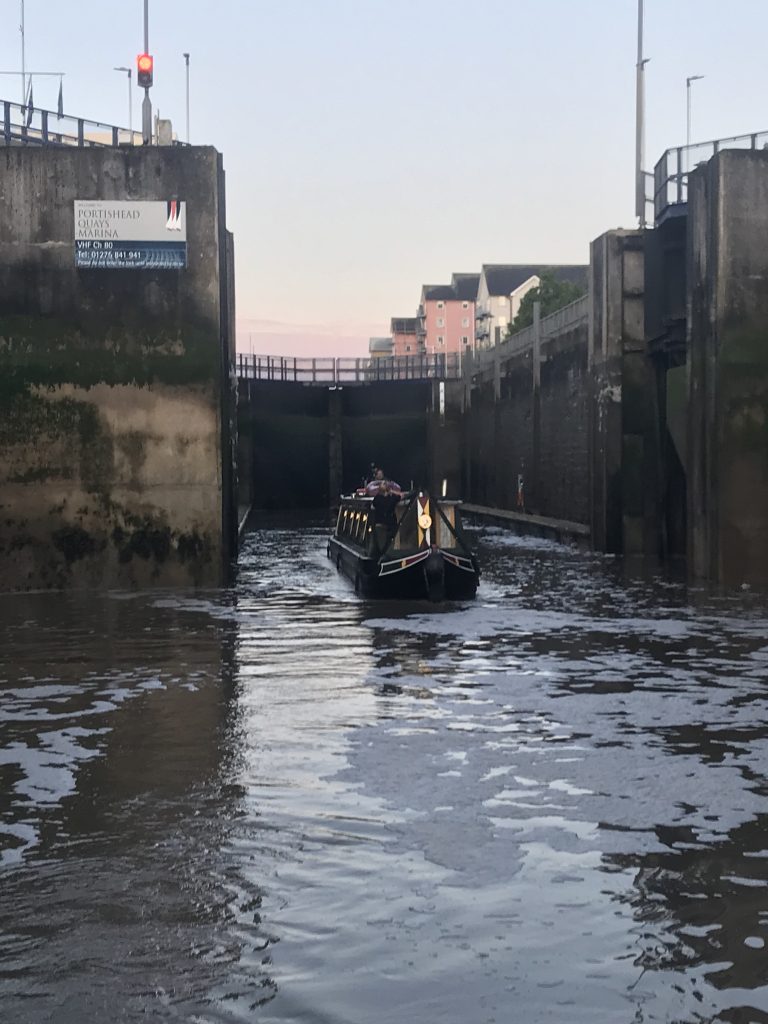
Gloucester Pilots’ Leisure Services
A majority of owners requiring our services are narrowboat or wide beam owners so this section is aimed primarily at them although does also apply to owners of any other craft. There are several reasons why a boat owner may consider employing the services of a licensed pilot on the River Severn.
- Not qualified or competent in open, fast running water.
- First time in River Severn Estuary
- Not confident
- Insurance company requires the use of pilot
- Not familiar with International Regulations for Preventing Collisions
The passage between Sharpness and Bristol is often “not recommended” for inland waterway craft, particularly canal narrow boats. A safe passage is, however, perfectly feasible for boats which are suitably prepared and equipped for a short sea voyage and with skippers or crew members with appropriate experience and local knowledge, or with a licensed Pilot for the appropriate harbour area. The Severn Estuary has the largest tidal range in Europe, over 10.5m at Sharpness and up to 14.8m at Avonmouth, with stream velocities of up to 8 knots. The flows are complex and sea conditions can be dangerous to small craft, especially in the Shoots Channel when the wind is against the tide.
The master of a vessel when entering unknown waters where significant dangers exist has the option of employing the services of a local pilot. He has knowledge about currents, dangers and procedures within his district. Ultimately, the master is responsible for the safety of his craft and all aboard so by employing a pilot he is increasing his knowledge base of the waters he is navigating.
Safety Equipment
In addition to normal safety equipment required by the British Waterways Boat Safety Scheme it is essential to have buoyancy aids for all those on board (don’t forget pets). The pilot will bring all his personal safety equipment with him including a VHF portable radio.
If there is a possibility that part of the passage will be made during the hours of darkness then navigation lights should be carried and used. As a minimum there should be a good waterproof torch on board. For details of the disposition of navigation lights refer to the International Regulations for Preventing Collisions at Sea.
You should have a first aid kit on board.
It is not necessary to purchase flares for this trip as the pilot will have other means of communication with him.
Engines
Ensure your engine is in good working order. Boats are immobilized by engine failure more often than by any other cause. (Remember on this passage the water you are upon is not stationary as in a canal, it will be moving over the ground at anything up to 8 knots on spring tides. If your engine fails you will be carried along by the tidal stream with little or no control of your boat.) It is strongly recommended that all reasonable efforts are made to ensure that fuel tanks are clean of sludge either by inspection or by fuel polishing. Although we have no association with and cannot vouch for, Clean Fuel marine provide a mobile fuel polishing service in the area 07757 221776 info@cleanfuelmarine.co.uk We reserve the right to refuse passage to craft we suspect may have dirty fuel.
Engines should be reliable and fuel filters cleaned. Water and sludge that lurks harmlessly at the bottom of your fuel tanks when you are on calm canals will be remixed with fuel when your boat starts to move in a seaway, which frequently leads to fuel system blockages and/or failures.
Engine room ventilators or air intakes near the waterline should be made watertight and suitable alternative ventilation arranged. Since passage can be choppy, inland waterway craft with forward cockpits should have cratch covers or tape up the gaps around forward facing doors.
The bilge pump should be in good working order and tested before the passage.
Spare fuel filters should be carried along with a tool kit
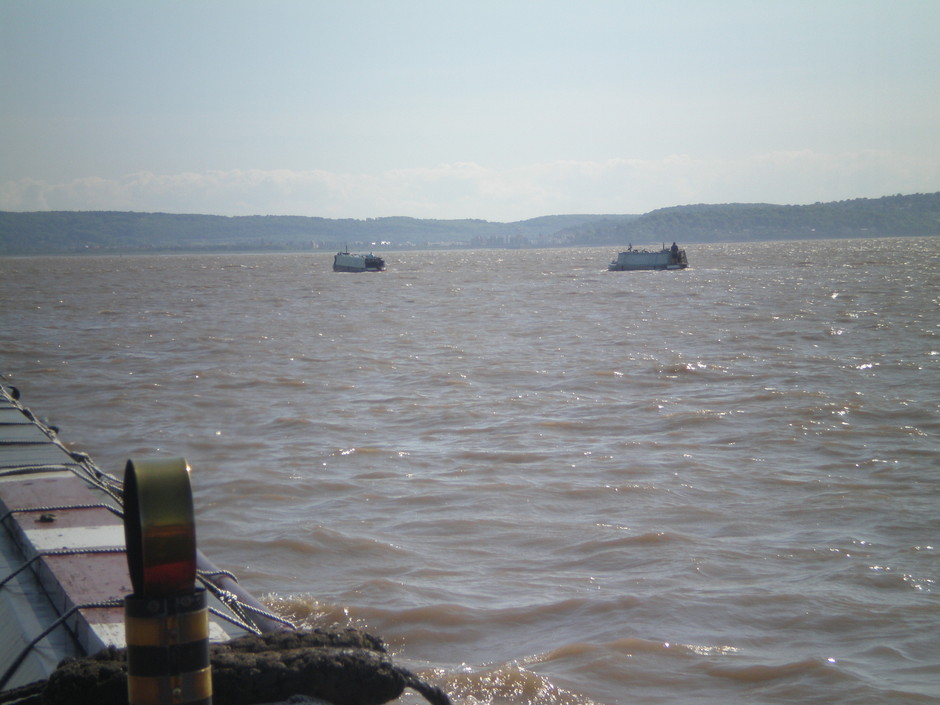
Anchor
Big is best! Have an anchor that is too large rather than too small. But remember that if you use it you will have to be able to recover it. All anchors work best if the pull on them is close to horizontal. The theory is that the anchor and a proportion of a length of chain (say 5-10m depending on size of chain) lies on the seabed while the remaining chain and a warp (say 25m of 12-14mm nylon or equivalent) lead up to the boat. The warp absorbs shock and the length of chain next to the anchor resists chafe and keeps the pull on the anchor close to horizontal. The lengths quoted are not critical but just a guide, you will be able to lengthen your anchor warp by bending one or both mooring lines to it. If in doubt about your configuration give us a call.
Weather
This is the greatest factor to take into account when planning a passage, especially in vessels not primarily designed for open water (e.g. narrowboats and widebeams) Gloucester Pilots will take no risks regarding the weather. It is better to miss a couple of opportunities than to take a risk and come to grief! A rule of thumb for us is to use force 3 as a maximum but then the direction of travel and the direction of the wind has to be taken into account. Wind and tide in the same direction can help make for a smooth sea, whereas in opposite directions conditions can become unpleasant or even unsafe, especially for narrow boats. Despite much improved forecasting the pilot may opt to postpone at the last minute if he thinks it unsafe.
Insurance
Most insurance companies of inland waterway craft make provision for those making tideway passages between one waterway and another. Salvage cover should be included on your policy. (Harbour Authorities have Statutory Powers to remove wrecks and obstructions, the bills for which may be expensive – up to £1 million) Check with your insurance company and ensure that you are fully covered. Prior notice of passage outside Inland Waters may be required. It is advisable that you contact your insurance company before commencing passage to establish exactly what is covered in the policy and if there are any extra precautions which they require (Is it a condition of your insurance that a licensed Pilot be engaged?). This will vary from company to company.
Communications
Mobile phones may be used, but these should not be a substitute for a VHF marine band radio. Pilots have their own and are licensed to use them. If you do have a VHF radio it is a requirement for you to have a license to use it. (See RYA for details)
The Passage
Sharpness to Bristol Small craft locking out of Sharpness will normally enter the Dock 2 to 2½ hours before High Water at Sharpness. Sharpness bridges must be booked in advance. Contact Sharpness Pierhead (tel: 01453 511968) for lock and bridge bookings. Be prepared to leave a message and a member of staff will return your call. The bridges will be swung as required, at the beginning and end of the tidal window to allow passage to and from the dock for leisure traffic on that tide. If you miss the allotted opening at the beginning of the tidal window it may not be possible to open again before High Water (what is or is not possible on any tide will be determined by the commercial movements on that tide). All movements within the dock are controlled by the Duty Supervisor or his staff. On entering the dock, follow the instructions given by the Duty Supervisor or lock gateman regarding your movements within the Dock. You will normally be passed straight into the lock. The pilot will join you there at the appropriate time. You will then be lowered to the river level and proceed on passage. If other movements demand you may be lowered to river level and asked to moor on the pontoon to await your pilot. Low powered craft have to remain in the tidal basin until near to HW depending on the strength of tide and proceed downriver on the ebbing tide.
Low powered craft are unable to reach Bristol City Docks on a single tide. It will therefore be necessary to wait over the low water period for the next flood tide. Although it is possible to anchor in Portishead Pool (1.4nm downriver from Avonmouth North Pier) it is safer and more comfortable to take advantage of the facilities at Portishead Marina before proceeding up the River Avon on a flood tide. Gloucester Pilots are not licensed for the River Avon so you will need to let them disembark at Portishead. The passage from Sharpness takes in the region of 3 hrs depending on the strength of the tide and boat.
Bristol to Sharpness It is not possible for low powered craft to make Sharpness from Bristol n one tide. Gloucester Pilots will liaise with you about the best time to make the passage from Bristol to Portishead so as not to be waiting there for too long. Timing is paramount on this leg ensuring that the passage isn’t made too early or late. Your pilot will join you in the lock at Portishead at a pre-arranged time. Arrival has to be scheduled around commercial traffic. Movement of commercial shipping into and out of Sharpness dictates what can and cannot be achieved on any specific tide. Again the length of passage is about 3 hrs depending on the strength of tide and speed of craft
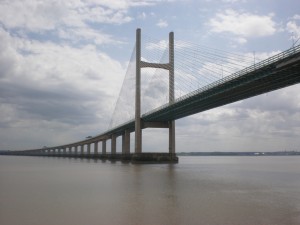
The Second Severn Crossing
Some Questions to answer?
Do you have appropriate passage insurance (including salvage)?
Is your engine reliable?
Have you covered the forward cockpit or sealed the door openings?
Have your fuel tanks been purged?
Are the forward cockpit scuppers free?
Have you cleaned or replaced filters?
Are engine room vents near waterline watertight?
Do you carry appropriate tools?
Have you made alternative venting arrangements?
Do you carry essential spares?
Have you secured loose objects?
Do you have sufficient fuel?
Do you have (or need) appropriate navigation lights?
Do you have you an operational bilge pump?
Do you have lifejackets for all onboard?
Do you have an anchor with chain and warp?
 Charges
Charges
We charge £270 to pilot a leisure craft between Sharpness and Portishead and £400 between Sharpness and Cardiff. We can only accept cash or cheque.
Finally
You are very welcome to contact the pilots for advice when planning your passage. Please contact initially by phone (07774 226143) during normal office hours for a discussion about your planned passage. We will ask you then to contact us a week to ten days before you intend to travel. At this stage we will enter your vessel’s details into our system and will then be looking for a suitable window in which to make your passage. Please note that it is not possible to stick to strict schedules because of the restrictions of weather and commercial movements.
We work by a first come first served basis so you may have to take your turn in the queue. As with commercial vessels our contract of employment is with the ‘master’ of the craft that employs us. It is very difficult to offer advice to a vessel which is more than a few metres away. On open water, such as the Severn, craft very quickly drift apart so we will not agree to take convoys of craft. Experience has shown that convoyed boats can stray into areas of water which are dangerous. We, as pilots are unable to assess the manoeuvrability of an individual boat or the competency of the skipper unless we are actually on board. There are sections of the passage where the boat navigates in fast moving water and requires the helmsman to respond immediately to a situation. Any craft following another with a pilot on board is not legally a ‘piloted vessel’ and thus we cannot take responsibility for its safety.
For further information regarding passage making between Sharpness and Bristol please refer to
- Gloucester Harbour Trustees Guidance for Small Craft

Heading towards the Severn Bridge from south
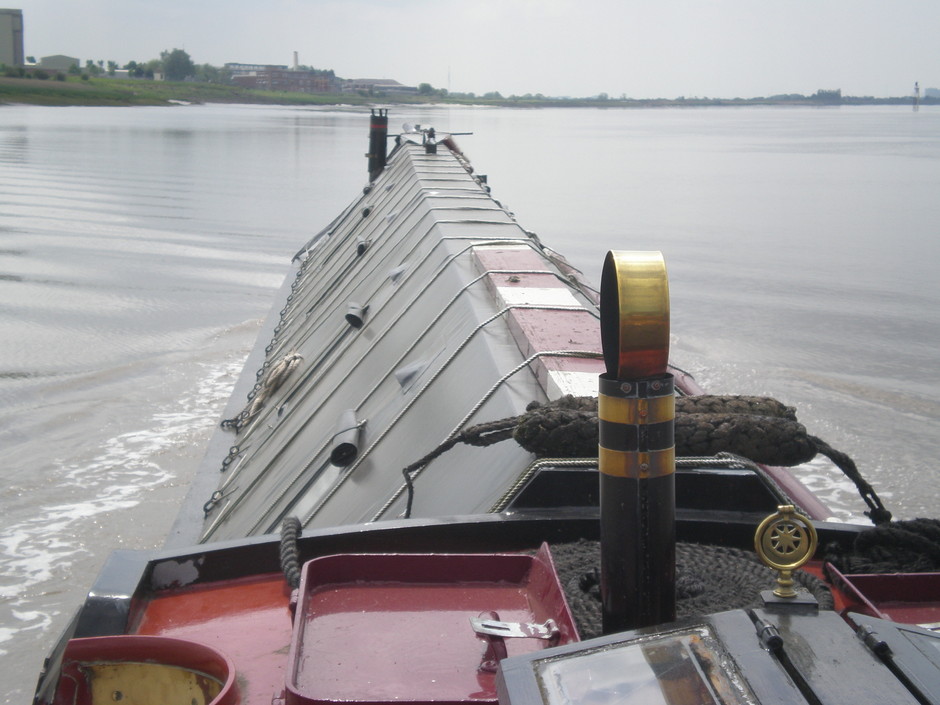
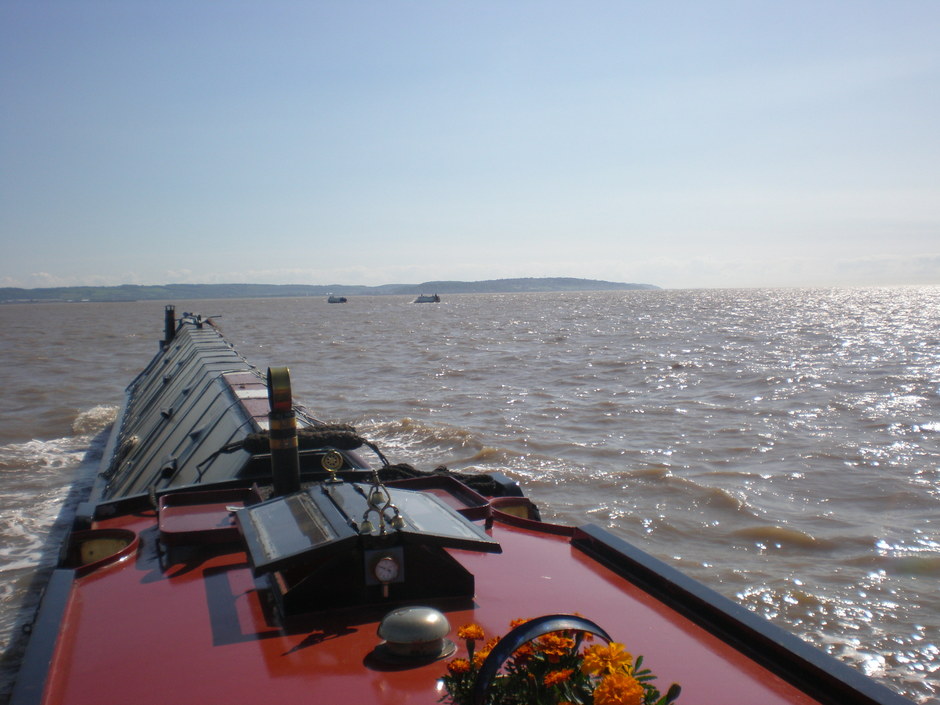

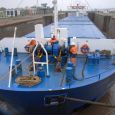

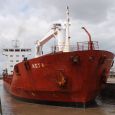
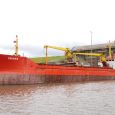

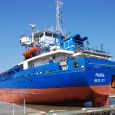
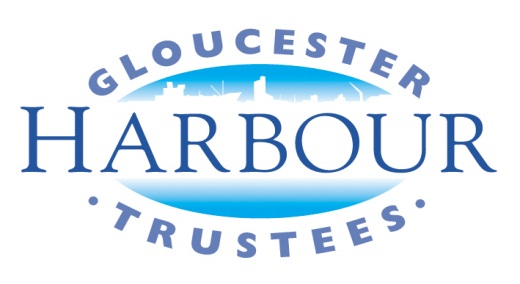 Gloucester Harbour Trustees
Gloucester Harbour Trustees Leading Lights
Leading Lights Met Office Forecast
Met Office Forecast